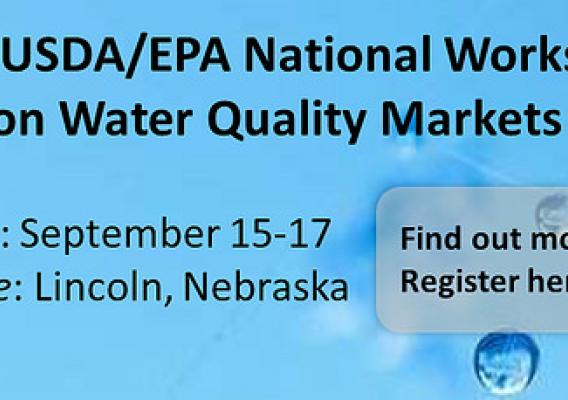USDA celebrates National Native American Heritage Month in November with a blog series focused on USDA’s support of Tribal Nations and highlighting a number of our efforts throughout Indian Country and Alaska. Follow along on the USDA blog.
Earlier today, I met with leaders from the 566 federally-recognized Native nations who participated in the White House Tribal Nations Conference. This was the seventh of such conferences hosted by the Obama Administration, and built upon the President’s commitment to strengthen the government-to-government relationship with Indian Country and to improve the lives of American Indians and Alaska Natives, with an emphasis on increasing opportunity for Native youth.
All told, over the course of the Administration, the U.S. Department of Agriculture alone has invested nearly $3 billion in rural development projects that have helped Tribal members achieve the dream of homeownership; improved community facilities in Tribal communities; made critical upgrades to electric, water and telecommunications infrastructure that serve Tribal communities and members; and invested in the Tribal businesses and entrepreneurs who drive economic growth in Indian Country.










